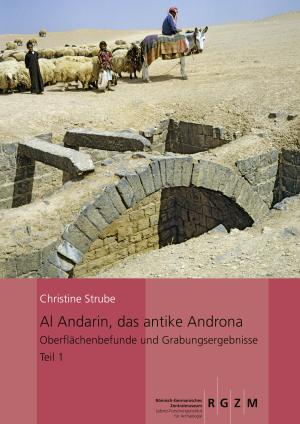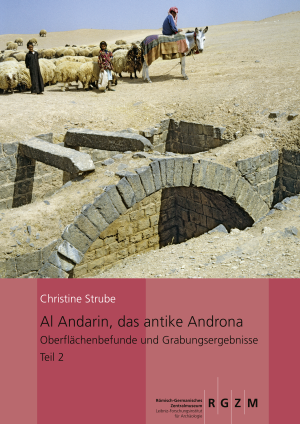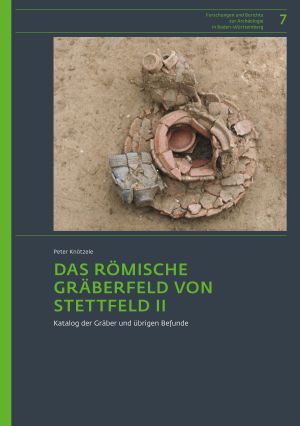Knötzele, Peter
Al Andarin, das antike Androna: Oberflächenbefunde und Grabungsergebnisse: die Umfassungsmauer und das Kastron, Teil 1
Al Andarin, ancient Androna, with its two enclosing walls, ten churches, a public bath and a large military building (castron) covers an area of 155 ha and is thus one of the largest ruined sites in the water-scarce steppe areas of central Syria. As the first of about 300 settlements in these areas, Androna was investigated by excavations and surveys in 1997-2007.
The present results on the surface features, the castron (559 AD) and the wall rings not only make the history of Androna in the 5th-7th centuries AD tangible, they also paint an extremely vivid picture of the relationship between countryside and city in the Late Antique-Early Byzantine period.
s. Volume 2
Al Andarin, das antike Androna: Oberflächenbefunde und Grabungsergebnisse: die Umfassungsmauer und das Kastron, Teil 2
Al Andarin, ancient Androna, with its two enclosing walls, ten churches, a public bath and a large military building (castron) covers an area of 155 ha and is thus one of the largest ruined sites in the water-scarce steppe areas of central Syria. As the first of about 300 settlements in these areas, Androna was investigated by excavations and surveys in 1997-2007.
The present results on the surface features, the castron (559 AD) and the wall rings not only make the history of Androna in the 5th-7th centuries AD tangible, they also paint an extremely vivid picture of the relationship between countryside and city in the Late Antique-Early Byzantine period.
s. Volume 1
Das römische Gräberfeld von Stettfeld II: Katalog der Gräber und übrigen Befunde
From 1979 to 1981, one of the largest Roman cemeteries was excavated in Stettfeld (municipality of Ubstadt-Weiher, district Karlsruhe). Knowledge of Roman Stettfeld, however, has so far been limited mainly to the associated vicus. Immediately after the excavation, interdisciplinary analyses with a modern approach were started. The first volume on the Roman cemetery was published as early as 1988, dealing with the anthropological and osteological investigations and giving a first impression of the importance of the Roman necropolis. In the second volume, the almost 390 graves and other features are presented from an archaeological point of view. For the first time, the complete grave ensembles and features are published and thus made accessible for further research.









